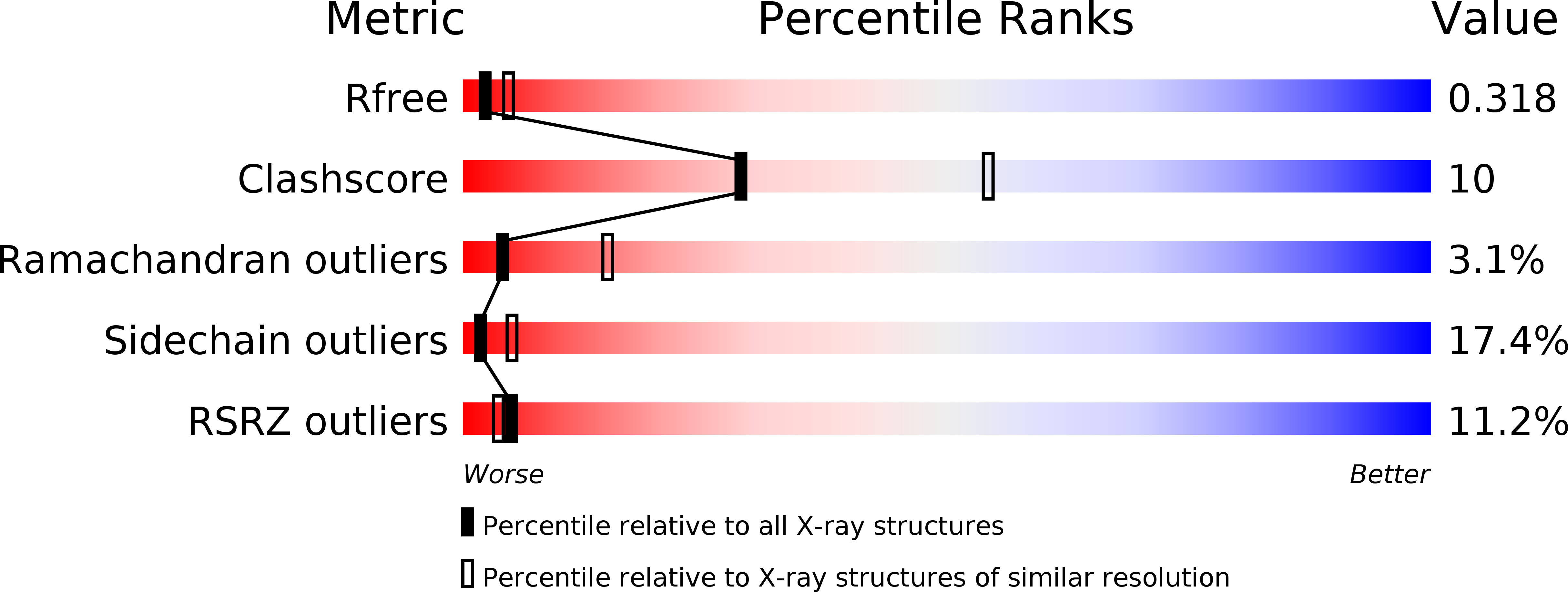
Deposition Date
2017-04-11
Release Date
2018-05-16
Last Version Date
2025-04-23
Method Details:
Experimental Method:
Resolution:
2.88 Å
R-Value Free:
0.31
R-Value Work:
0.23
R-Value Observed:
0.24
Space Group:
I 1 2 1


